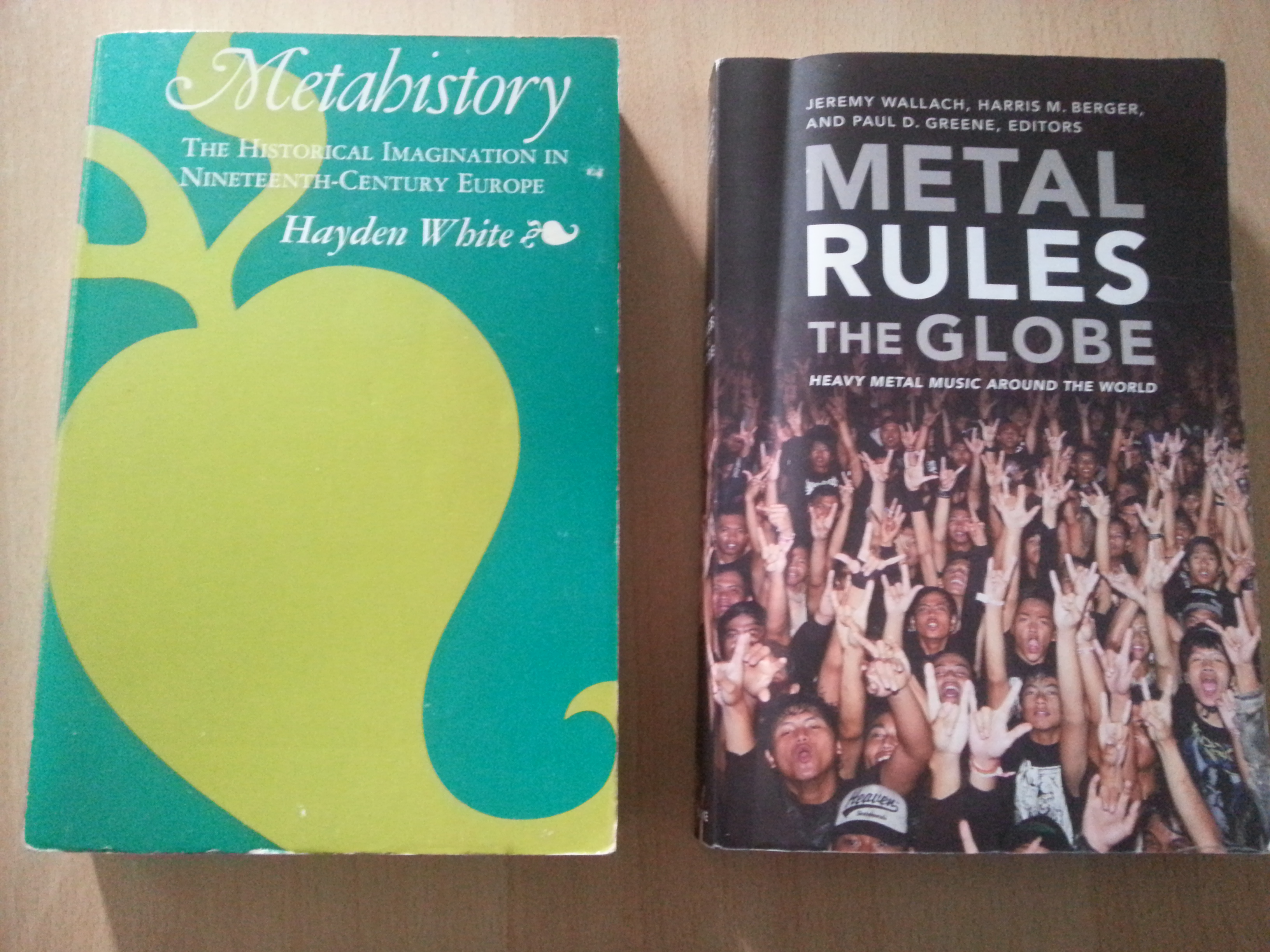On 14th October 2016, Nowergian Black Metal veterans and pioneers Darkthrone will release their new full-length record ‘Arctic Thunder’. It is the follow-up to 2013’s ‘The Underground Resistance’. Having only two constant members, Gylve Fenris ‘Fenriz’ Nagell (born 1971, most of all known as the band’s drummer) and Ted ‘Nocturno Culto’ Skjellum (born 1972, most of all acting as the group’s vocalist and lead guitarist), the band is considered to be one of the pioneering und most important acts of early 1990s’ Norwergian, then European and global Black Metal music and culture.1
Their early albums, such as ‘Panzerfaust’ (1995) or ‘Transilvanian Hunger’ (1994), clearly made references to fascist, Nazist and racist ideologies. Still, there is a lot of dispute and discussion if this is to be seen as ‘provocation’ or as ‘authentic’ political statements. The latter album even had printed ‘Norsk Arisk Black Metal’ (‘Norwegian Aryan Black Metal’) on it. So, from my point of view, this aspect of the band’s cultural history is to be seen more than critically; it has to be rejected. In Black Metal discourse, as an artistic and ‘rebellious’, therefore, emancipative discourse, there can be no discursive space for racism.
This said, there is a an aspect in the band’s cultural history of identity, taking a very clear form in the aesthetics of ‘Arctic Thunder’ (at this time, the promotional release of the album is available already). Darkthrone started out as a Death Metal outfit in 1986, turning to Black Metal aesthetics in 1991. The ‘blackish’ design of the band’s identity, claiming it to be a ‘true’ Black Metal group, was kept up to around the year of 2005; with the album ‘The Cult Is Alive’ (2006), the two artitsts decided to incorporate Punk, Rock and Classic Metal elements into their music. They became a ‘Black’n’Roll’-band which they can be seen to still be in 2016.
Yet, reflecting on the band’s history of identity, a ‘micro-macro-history’ of their cultural identity from 1986 until today, focusing on the ‘microscopic’ topic of the band’s identitary aesthetics, the new album is – in a certain way – an extraordinary one. The music heard on the record seems to be a progression of what the band is doing but the overall aesthetics hark back to the band’s classical black metal phase from 1991 to 1995. This is the record’s cover:
This cover’s features are, in a cultural ‘micro-macro’ perspective of the band’s history of identity, very interesting – and, special. The cover shows dark woods, fire (I guess, a campfire), the band’s logo and the record’s title. This is a very straight codification of early 1990’s Black Metal aesthetics: the topics and metaphors of fire and woods have become standout topics of Black Metal in its cultural orthodoxy. But, when looking back at the band’s classical records from 1991 to 1995, they all had a black and white outfit. So, what is, in a certain way, the key move on ‘Arctic Thunder’ is to use a orthodox, very traditional and classical black metal identity but to paint it colourfully.
This move can be seen in both ways, literally and metaphorically: literally the band follows, now, a more colourful approach in their aesthetics of identity. Metaphorically, and this is from the mentioned ‘micro-macro’ perspective of history the more interesting one, the band breaks classical Black Metal monochromy and re-composes it in colour. Black Metal is – self-conciously, and, somehow, courageously – hybridized with Rock’n’Roll. The band did so since ten years but, in 2016, they start to do it more explicitly. So, from this allegorical perspective, we can see a new era beginning in the group’s cultural history of identity. In 2016, the band plays ‘colourful Black Metal’.
So, reflecting on it in a broad cultural historical perspective, this is a tempting move. In 1966, exactly fifty years ago, the Rolling Stones wanted to ‘paint it black‘, releasing a single of this title. In 2016, the seemingly most extreme one of popular music cultures, Black Metal, at least one of their key-players, wants to ‘paint it colourfully‘. I am eager to see and listen what kind of broader trends in cultural history this can be seen to represent metaphorically.
For Black Metal and Extreme Metal cultural history, cf. Keith Kahn-Harris: Extreme Metal. Music and Culture on the Edge. Oxford 2007; Dayal Patterson: Black Metal. Evolution of the Cult. New York 2013; also, cf. idem: Black Metal. Prelude to the Cult. N.p. 2013; idem: Black Metal. The Cult Never Dies. N.p. 2015; idem: Black Metal. Into the Abyss. N.p. 2016. ↩
Source: http://www.nuclearblast.de/static/articles/253/253324-1.jpg/1000×1000.jpg, retrieved 12/10/2016. ↩





